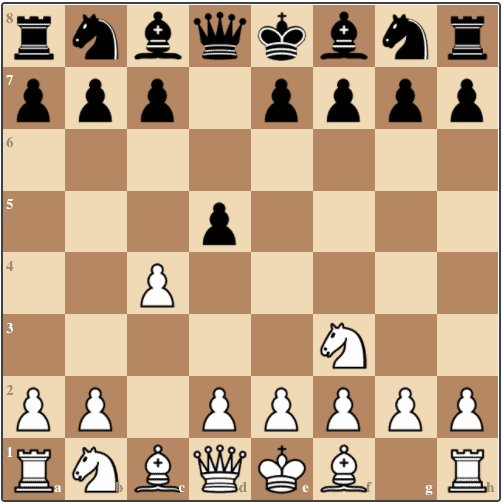Scanning Technique
Scanning Technique
---------------------------------------------------------------------------------------------
Lasker has famously expressed this process, "When you see a good move, look for a better one". This teaches us that there are good-looking moves and there are good moves. Our analysis alone should establish the difference between the two - not our likings or prejudices. We may like to move our pieces around the board in a certain way, and we should analyze these moves first, but this should not be a factor in deciding the final move that is played. It is essential to be as objective as possible without curbing our natural instincts. Not an easy task, but entirely possible!
It also teaches us the importance of the "searching" quality that is required to be a good player. We are constantly searching for the best move, even after we spot moves that appear "logical" or "forced".
Once we have established that our move is not forced, we first need to survey the options available to us. For this, I strongly suggest employing the "scanning technique" to make a list of possible good-looking moves, what we call "candidate moves".
To employ the scanning technique, first scan the board from the a-file to the h-file, starting with the pieces and then the pawns. Try to find all possible good-looking moves for each piece and make a mental list. Then do the same for all the pawns. Now we have a complete list of all the candidate moves in the position. We can then proceed to follow any of the approaches below:
- Remove bad-looking moves from the list by process of elimination;
- Analyze the most forcing continuations (checks, captures, threats and pawn breaks) to see if they work; or
- Analyze the move you like most and if it looks like it won't work, follow the process of elimination to discard bad ideas or search for the most forcing continuation.
------------------------------------------------------------------------------------
Fundamental Chess: Logical Decision Making,
GM Ramesh RB


No comments:
Post a Comment